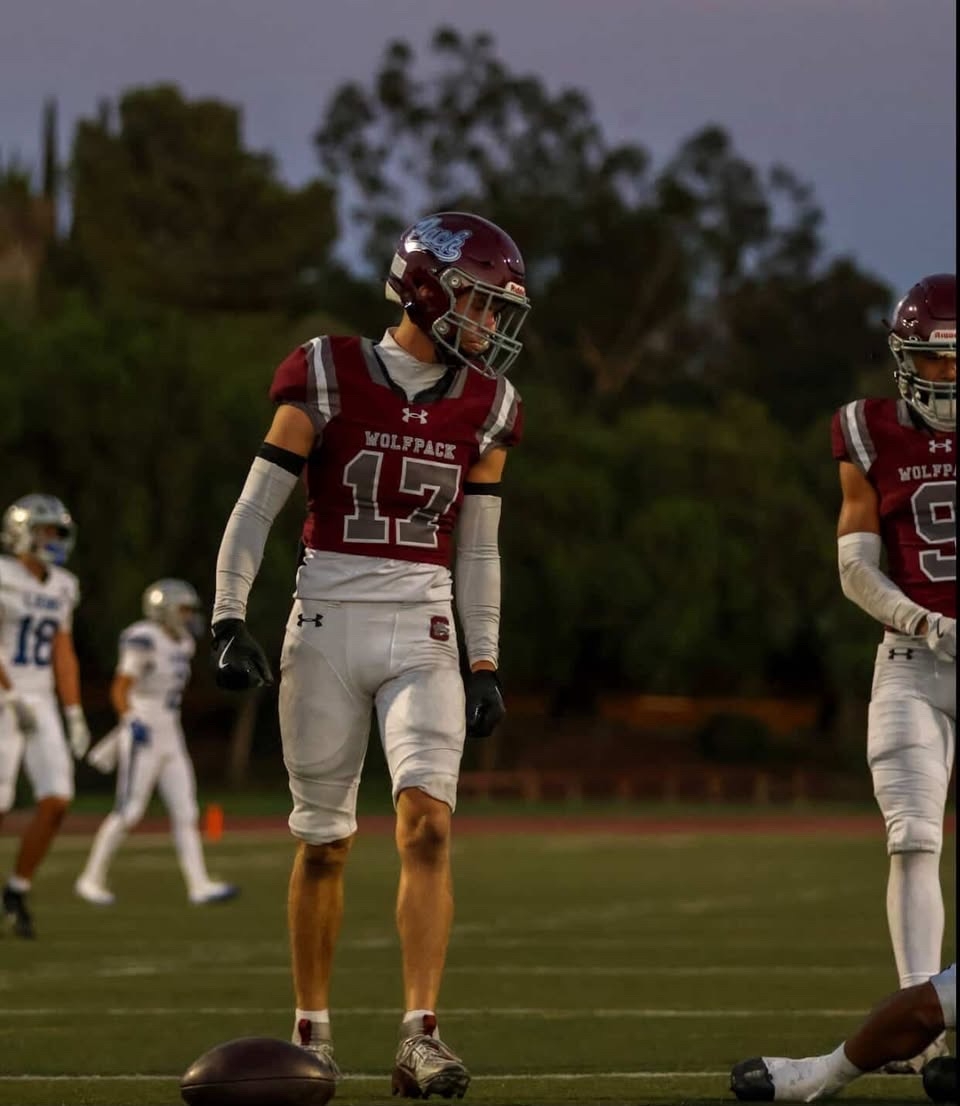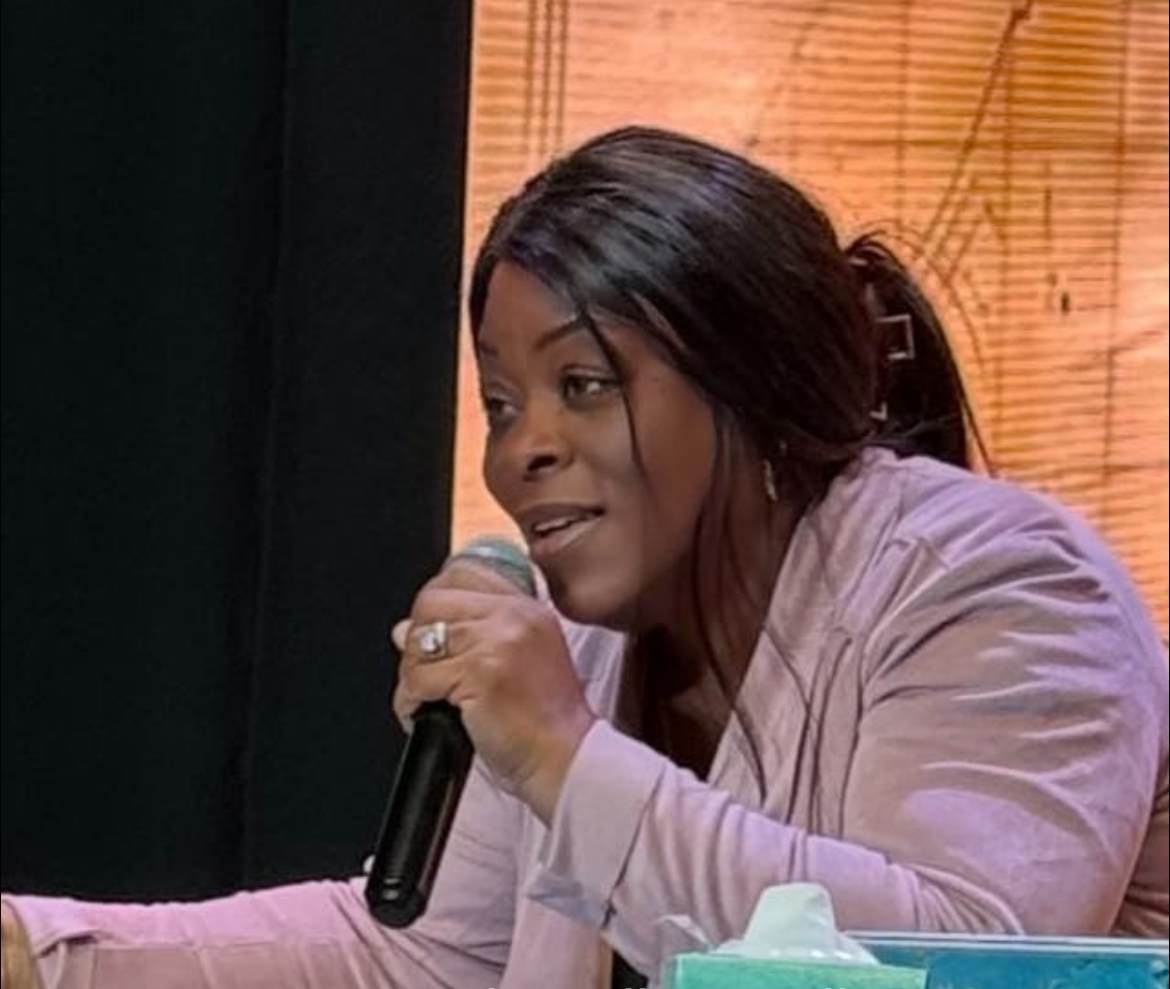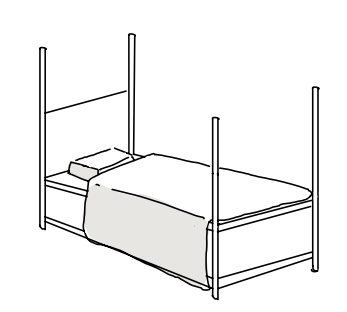Ever since the concept of parent boosters were introduced to CHS, sports teams have faced a serious equity problem.
Since CHS’ budget for sports currently only allows for a small amount of school district provided funding for each team, many coaches have turned to parent boosting to help fund their programs. In boosting, parent volunteers, often called “boosters”, help raise money for their kid’s sport by pitching in volunteer hours or by donating directly. This money then goes towards buying new gear, paying for students to go to competitions, and hiring new coaches.
While boosting is often crucial for fundraising, it does bring up some concerns about differences in equity between the sports teams. Historically certain sports at CHS, such as water polo, tennis, or cross country have had an easier time sourcing supplemental funding through parent boosters than others, such as basketball and softball. Stephanie Becker shares about her experience as booster president for the CHS cross country team.
“We’re lucky to have so many parents willing to volunteer and lend their time,” Becker said. “And I think Claremont is a very lucky city to have so many parents who want to dedicate their time.”
When asked about the imbalances in funding between sports, Becker shared her concerns.
“It’s unfortunate,” she said. “I think some sports just tend to have more parent volunteers than others. I mean, I don’t know what the magic answer is, but it’s not easy…and if you don’t have that certain group of parents there as supporters, it can be difficult.”
Unfortunately, the CHS sports department has long been subject to these inequities, and in some cases the disparities are readily apparent and may even pose a risk to student health and safety.
The Claremont Courier reported that in January 2020, former CHS softball booster President Rocio Herrera sent a letter to CUSD officials and the US Department of Education’s Office for Civil Rights regarding the blatant inequities between the school’s baseball and softball programs.
In her letter, Herrera pointed out a noticeable lack of general funding, equipment, and practice spaces for her team. While CHS’ baseball team had full training areas, equipment lockers, and practice fields, the softball team had none. Since the park they practiced in had no locker rooms, students sometimes had no choice but to change clothes in its public restrooms. There were more disadvantages to practicing off campus as well—athletic trainers could be delayed in attending to injured players because of the distance from the school property to Cahuilla Park, which posed a risk to player safety.
Baseball, a well-funded program with a highly active and successful booster presence, has had a much easier time finding parents to boost their programs than its softball counterpart. This led to a cycling effect; as baseball gained popularity and funding, it attracted more parent boosters that in turn helped it gain better equipment, facilities, greater popularity and, as a result, more funding. The opposite happened for softball.
The fact that CHS’ varsity baseball team plays and practices at on-campus facilities while softball players must walk nearly a quarter-mile to where they practice outlines serious and ongoing equity issues between sports teams at CHS. Without adequate funding from the school district programs, distributed equitably, programs like CHS’ softball team continue to fall further and further behind their more well-funded and well-boosted counterparts.
So what can we do to fix these growing inequalities? As with any problem facing our community today, the best way to inspire positive change is to vote. On November 5, Claremont will be hosting both city council and school board elections. It is up to voters to decide who they think will foster communication between the school board, the city council, and the school districts themselves in order to pave the best way forward. Positive change only comes with effective leadership, and Claremont voters now have a duty to the community to make an educated choice on who they think will best serve us.
Past precedence shows us that this change is possible. When Herrera sent her letter, making the inequities her team faced known to the people in charge, she created open communication between the team and the Assistant Superintendent for Human Resources, Kevin Ward.
“It’s the first time we’ve had a complaint from OCR [Office of Civil Rights] in the time I have worked here.” Ward said. “The district will cooperate completely with OCR and the parent involved to address potential inequities in CHS sports.”
By reaching out to the local government and holding them accountable for the job they do, Herrera was able to make the first step towards a brighter future for her team.
By doing the same–-through voting, petitioning, and advocacy—we can find the “magic solution”. One thing is for sure: If we don’t try to make change happen, our reliance on boosting to keep programs afloat and supplement public funding may only continue to exacerbate inequities, and risk harm to student athletes in the long run (no cross country pun intended).







